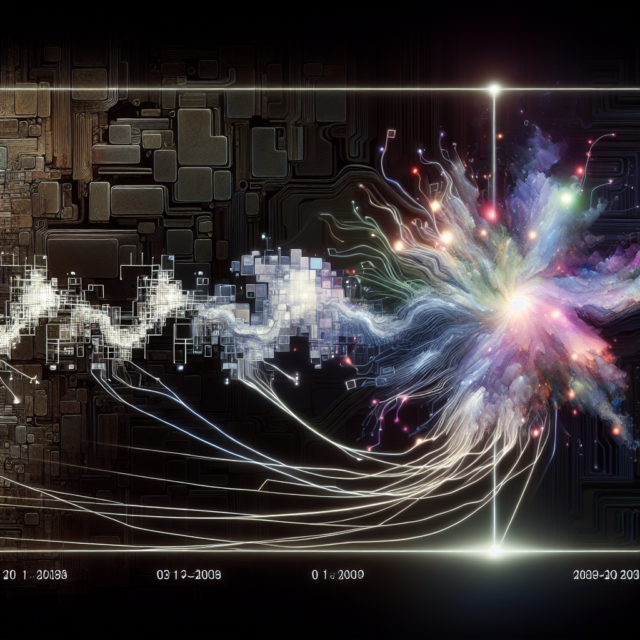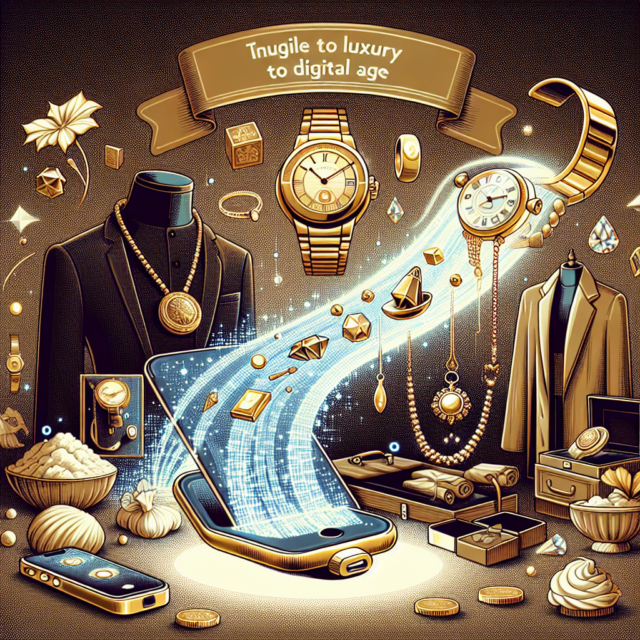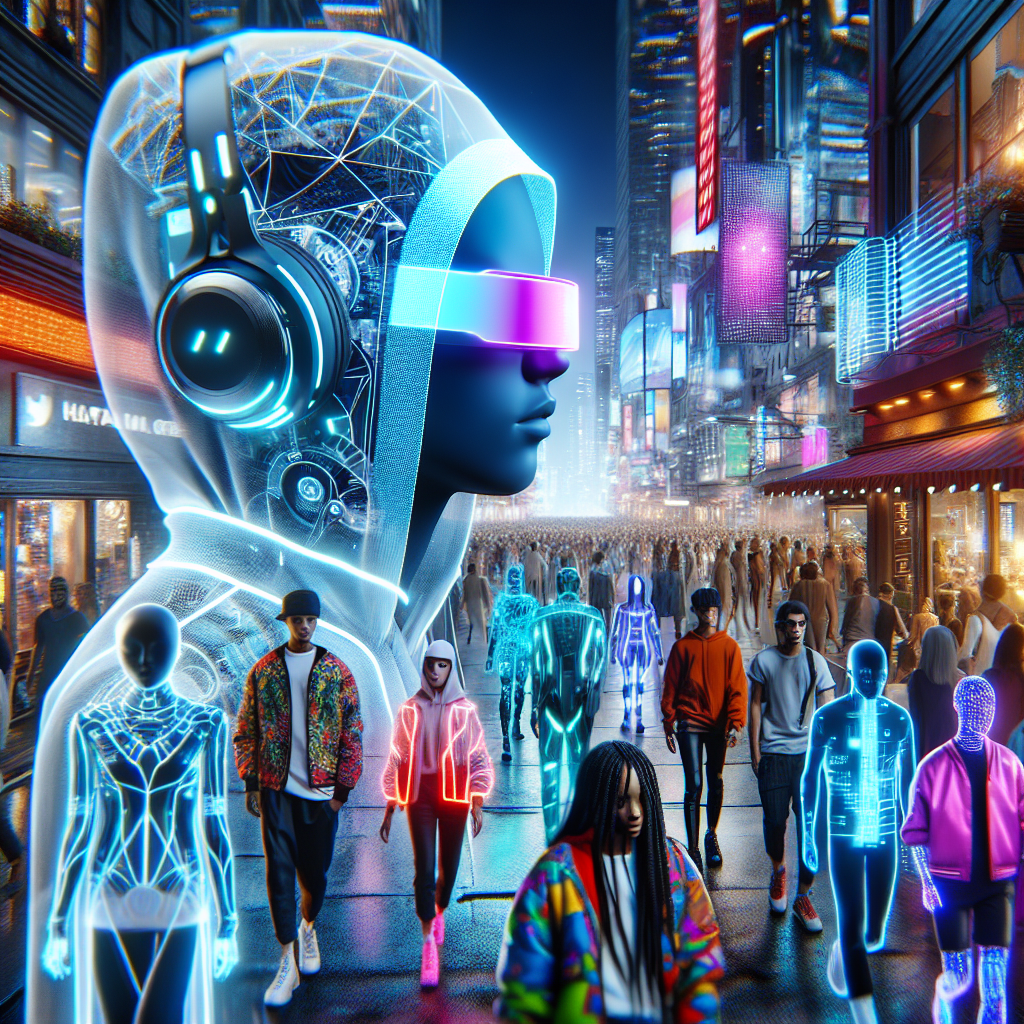Exploring the Intersection of AI and Modern Fashion
Exploring the Intersection of AI and Modern Fashion
In recent years, the fashion industry has witnessed a revolutionary transformation driven by the integration of artificial intelligence (AI). From design to consumer engagement, AI technologies are reshaping how fashion is conceived, produced, and marketed. This article delves into the multifaceted role of AI in contemporary fashion, exploring its rise, creative influence, and impact on personalization and consumer trends.
The Rise of AI in the Fashion Industry
As technology continues to evolve, the fashion industry is embracing AI to streamline operations and enhance creativity. AI’s entry into fashion is marked by its ability to process vast amounts of data quickly and accurately, offering insights that were previously unattainable. Brands are leveraging AI to forecast trends, optimize supply chains, and even predict the next big fashion movement.
One of the most significant impacts of AI is seen in trend forecasting. Traditionally reliant on human intuition and historical data, trend forecasting is now augmented by AI’s analytical prowess. Algorithms can analyze social media, fashion shows, and consumer behavior to predict emerging styles, enabling designers to stay ahead of the curve and cater to consumer preferences more effectively.
AI is also transforming the supply chain by improving inventory management and reducing waste. Machine learning algorithms can predict demand more accurately, allowing brands to adjust production levels accordingly. This not only reduces overproduction but also ensures that popular items are readily available, enhancing customer satisfaction.
Moreover, AI is playing a pivotal role in enhancing customer service and shopping experiences. Chatbots powered by AI are becoming commonplace, providing instant assistance and personalized recommendations to shoppers. These virtual assistants are capable of handling a wide range of customer queries, from product availability to fashion advice, thus improving the overall shopping experience.
The integration of AI into fashion is not without its challenges. Data privacy and ethical concerns are at the forefront, as AI systems often require access to personal consumer information to function effectively. The industry must navigate these issues carefully to maintain consumer trust and ensure that AI implementations are both ethical and beneficial.
As AI continues to evolve, its role in the fashion industry will likely expand even further. The potential for innovation is immense, with AI poised to revolutionize everything from design to sustainability practices. The rise of AI in fashion is just the beginning of a new era where technology and creativity intersect in unprecedented ways.
Transforming Design: AI’s Creative Influence
AI is not only optimizing operations but also transforming the very essence of fashion design. By analyzing vast datasets, AI can identify patterns and preferences that inform the design process, leading to innovative and unique creations. Designers are increasingly collaborating with AI tools to push the boundaries of creativity and redefine what is possible in fashion.
One of the most intriguing aspects of AI in design is its ability to generate new ideas. AI algorithms can analyze existing fashion designs and styles to create novel combinations that might not occur to human designers. This collaborative approach between human creativity and machine intelligence is leading to the creation of avant-garde and experimental fashion pieces.
AI’s creative influence extends to textile design as well. By analyzing consumer preferences and historical data, AI can suggest fabric patterns and color palettes that resonate with current trends. This not only speeds up the design process but also ensures that the final product aligns with consumer tastes, enhancing its market appeal.
Moreover, AI is democratizing fashion design by making it more accessible. Tools powered by AI enable aspiring designers to experiment with styles and techniques without the need for extensive resources. This democratization is fostering a new wave of creativity, where diverse voices and perspectives can contribute to the fashion landscape.
Collaborations between AI and designers are also leading to sustainable fashion innovations. AI can analyze the environmental impact of various materials and processes, guiding designers toward more eco-friendly choices. This aligns with the growing consumer demand for sustainable fashion, allowing brands to create environmentally conscious collections.
However, the integration of AI in design is not without its criticisms. Some purists argue that AI could stifle human creativity, reducing the art of fashion design to mere data processing. While AI offers valuable insights and tools, it is crucial to maintain a balance where human intuition and creativity remain at the forefront of the design process.
AI-Powered Personalization and Consumer Trends
In the age of personalization, AI is emerging as a powerful tool for tailoring fashion experiences to individual consumers. By analyzing data from various sources, including social media and online shopping behavior, AI can create highly personalized recommendations that resonate with consumers’ unique tastes and preferences.
AI-powered personalization begins with understanding consumer behavior. Machine learning algorithms can track and analyze shopping patterns, enabling brands to offer personalized product suggestions and targeted marketing campaigns. This level of personalization enhances the shopping experience, making it more engaging and relevant for consumers.
The impact of AI on consumer trends is also significant. By analyzing real-time data, AI can identify shifts in consumer preferences and emerging trends. This allows brands to adapt their offerings quickly, ensuring that they remain relevant in a fast-paced market. AI’s ability to predict trends is invaluable for brands looking to capture the attention of trend-conscious consumers.
Virtual try-on technology is another area where AI is making strides. By using augmented reality and machine learning, consumers can visualize how clothes will look on them without physically trying them on. This not only enhances the online shopping experience but also reduces the likelihood of returns, benefiting both consumers and retailers.
AI is also playing a role in fostering inclusivity in fashion. By analyzing diverse datasets, AI can help brands create collections that cater to a wider range of body types and cultural preferences. This shift towards inclusivity is not only socially responsible but also meets the growing consumer demand for diversity in fashion.
Despite its advantages, AI-powered personalization raises concerns about data privacy. Consumers are becoming increasingly aware of how their data is used, and brands must be transparent about their data practices to maintain trust. Ensuring that AI systems are designed with privacy in mind is crucial for the responsible use of technology in fashion.
As AI continues to evolve, its potential to shape consumer trends and personalization in fashion is immense. The future of fashion lies in the seamless integration of AI technologies, where personalized experiences and trend adaptability are key to success. By harnessing the power of AI, the fashion industry is poised to offer unparalleled consumer experiences while staying ahead of the ever-changing market dynamics.
The intersection of AI and modern fashion is a testament to the transformative power of technology. From revolutionizing design processes to enhancing consumer experiences, AI is reshaping the fashion landscape in ways that were once unimaginable. As the industry navigates the opportunities and challenges presented by AI, the potential for innovation and creativity remains boundless. By embracing AI’s capabilities while addressing ethical considerations, the fashion industry can continue to thrive in an increasingly digital world, offering consumers a more personalized, inclusive, and sustainable future.




















